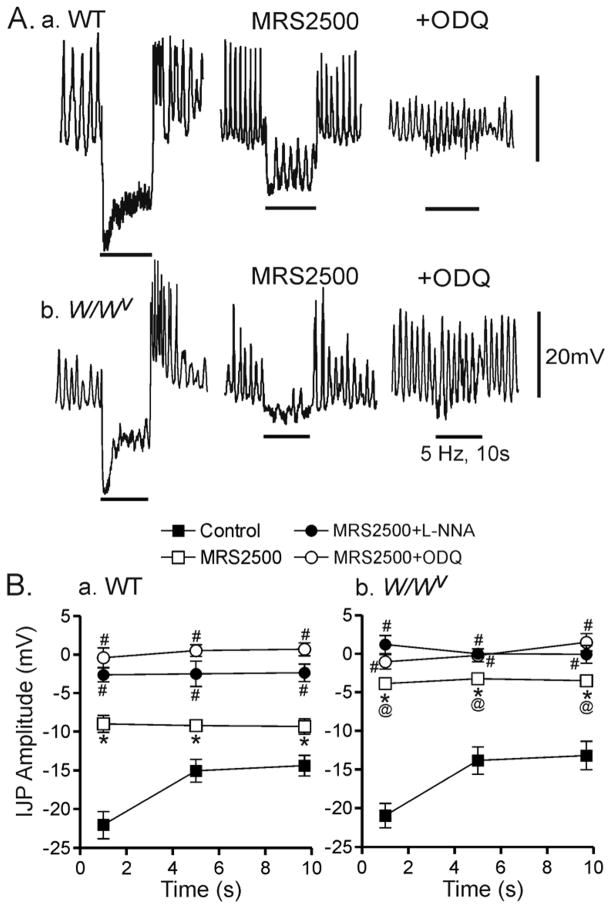Figure 3. Comparison of the effects of various blockers on inhibitory junction potentials in the WT and W/Wv mouse IAS.
(A) Sample traces showing the effects of MRS2500 and ODQ on composite IJPs elicited with 5 Hz EFS (10 s) in WT (Aa) and W/Wv (Ab) mice. Control IJPs (A, left traces) in WT and W/Wv mice are very similar and MRS2500 (1 μM) abolishes the initial fast component in both muscles (middle traces). However the IJP which persists in the presence of MRS2500 in the W/Wv mouse is smaller. Combined MRS2500 and ODQ (10 μM) abolishes the composite IJP in both muscles (right traces). (B) Summary graph of the effects of blockers on the amplitude of the IJP during 3 different time periods in WT (Ba) and W/Wv (Bb) mice. The IJP was not significantly different in WT (n=9) and W/Wv (n=10) mice under control conditions (■) while MRS2500 (□) significantly (*) reduced the IJP in both WT (n=9) and WWv (n=9) animals. The IJP which persists in the presence of MRS2500 was consistently smaller (@) in W/Wv than in WT mice (B) while the variation between cells within either group was very similar. The IJP recorded in the presence of MRS2500 plus L-NNA (●, n=5) or MRS2500 plus ODQ (○, n=5) was significantly less (#) than with MRS2500 alone in both animals. All muscles were pre-exposed to 25 μM wortmannin for 20 min followed by at least 1 hour wash out before beginning experiments. Shown are mean values ±S.E.M..

